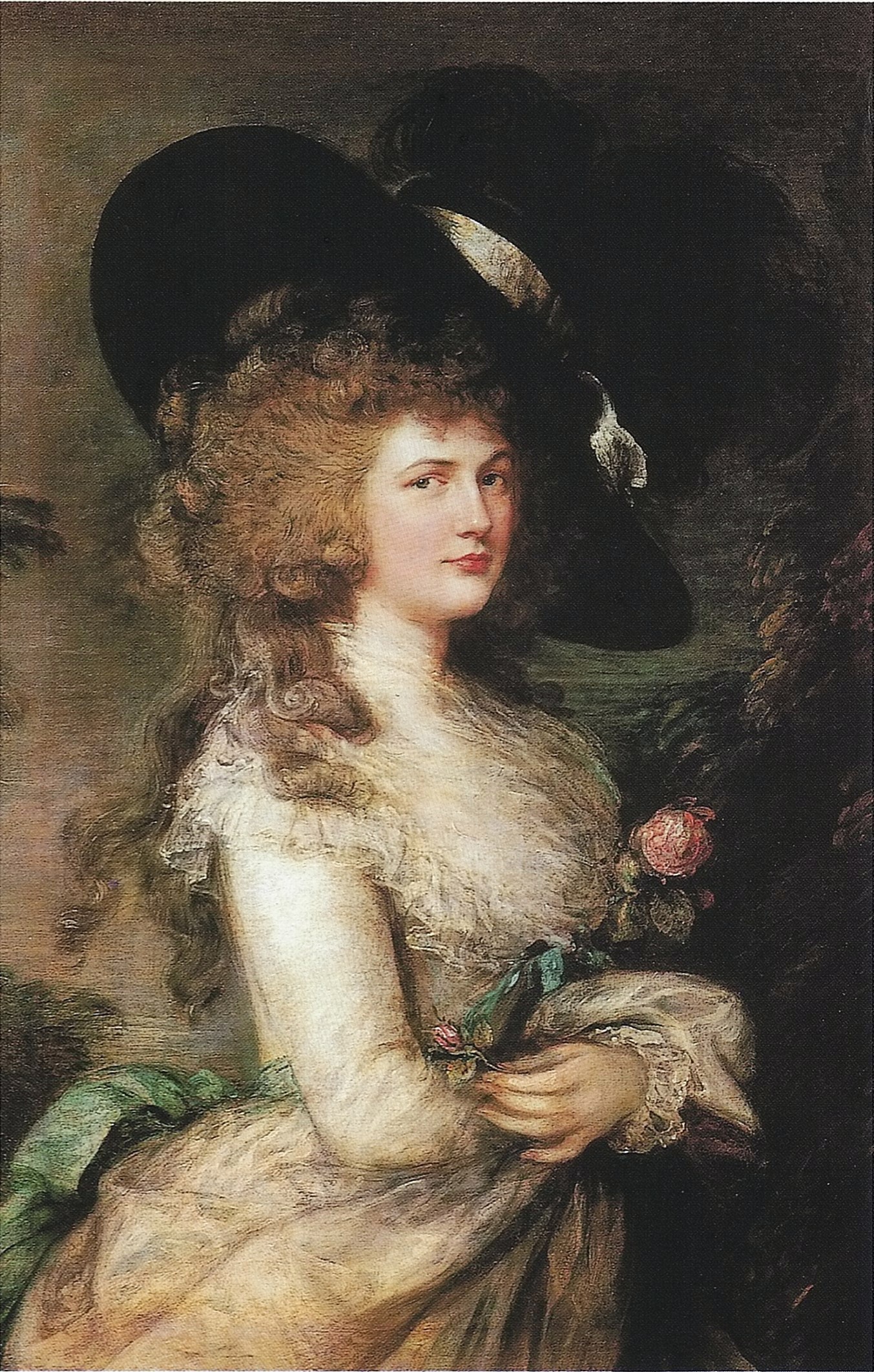I loved the area, because it was exactly what I imagine when I read Jane Austen novels-which makes sense, as several key parts of Pride and Prejudice take place in Derbyshire. The patchwork of fields and stone walls also reminds me of what I think home would have looked like in the eighteenth and early nineteenth centuries to a certain extent-that plus all of the historical places really felt like stepping back in time.
The first place we visited was the village of Eyam, which is known as the "Plague Village." In 1665 the bubonic plague arrived in Eyam via a roll of cloth that had been shipped from London. The fabric was damp, so it was hung before the fire to dry--which revived the plague-infected fleas inside and released them into the air.
In order to prevent the spread of the disease, the town quarantined itself. Boundaries were decided on each side of the village, and no one from inside was allowed to go beyond those boundaries, and no one from outside was allowed to enter them.
The plague tore through Eyam for fourteen months and claimed the lives of at least 260 villagers. Some of the original cottages still survive today, and are still private residences. Many of the other seventeenth century buildings also still exist, including the church. The Eyam church now has a small exhibit about the plague and other parts of the village's history. The church itself was originally a Norman church, and some of the original pieces can still be seen from the inside. There is also an eighth century cross in the churchyard, which is a famous Eyam image.
I thought the village was really interesting, especially because there are a lot of village traditions that still carry on today. One was the annual sheep roast, the "revolving roasting jack" for which was proudly displayed on a green towards the center of town. I was visiting off season, so most of the museums were closed, but the buildings themselves were really neat because of the stone work, and the stained glass windows in the church were lovely.
Next we went to the Chatsworth Estate, which is home to the Duke and Duchess of Devonshire and two villages. We stopped in the farm store to poke around and pick up a few treats, most of which were grown/made locally. There was a huge assortment of meats-everything from wild board to pheasant and pigeon! There was also an entire counter for savory pies, which is probably my favorite English food...yum!
The current Chatsworth House was built at the turn of the eighteenth century, after the original structure burned down. It has recently appeared in The Duchess, a movie about one of the house's most famous residents: Georgiana Cavendish, first wife of the 5th Duke of Devonshire. (for those not as interested in the history: Princess Diana was one of her descendants.)
 |
| The Duchess herself, 1787 |
Chatsworth is still inhabited by the Duke and Duchess of Devonshire, but the gardens, grounds, and a few of the rooms are open to public view. We were there off season, so the house wasn't open and the gardens were dead, but the grounds were neat and the house was beautiful from the outside.
 |
| the stable from the outside and the main entrance |
The stables have been converted into many little shops, which were fun to poke around in. We also saw Queen Mary's Bower, a structure on the grounds that was originally surrounded by water and used for fishing and viewing the house. Mary, Queen of Scots was held in the pre-fire Chatsworth during her imprisonment, and legend said that she used to take walks on the confined upper platform. While that's probably not true, the name stuck. There were also lots of sheep :)
 |
| at the top of the bower |
The sign sported what I think was the Cavendish crest, or at least the crest for the estate. The banner says "Cavendo Tutus" which means "Safe by being cautious." (Disclaimer: I just looked that up...it's been three years since I took latin!)
It was a lovely day, despite the rainy weather. It certainly felt like stepping into a Jane Austen novel, which is about as much as I can ask from my holidays.











No comments:
Post a Comment